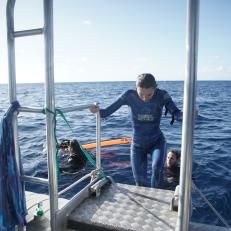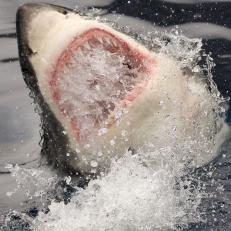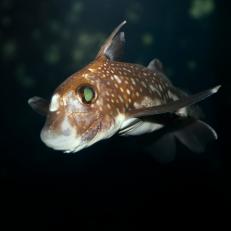Behind the Scenes: Mothersharker
Nobody knows where tiger sharks give birth. One team of scientists deploys an arsenal of new technology to find out, but for it to work, they need to meet some of the biggest tiger shark mothers, face-to-face.
Watch Mothersharker on Discovery and stream SHARK WEEK now on discovery+.
Behind the scenes of the Mother of Sharks film crew during a scientific tagging operation in the Bahamas.
The team explores Bahamian waters at night in hopes of finding a pregnant tiger shark.
The team explores Bahamian waters at night in hopes of finding a pregnant tiger shark.
James and Jamin encounter a 12-foot tiger shark.
James prepares to use an underwater ultrasound on an approaching tiger shark.
James prepares to use an underwater ultrasound on an approaching tiger shark.
Shark whisperer Jamin Martinelli tangles with thousand pound tiger sharks in the Bahamas.
Shark whisperer Jamin Martinelli tangles with thousand pound tiger sharks in the Bahamas.
The team deploys an Oceanbotics ROV – an underwater drone armed with military-grade sonar.
The team deploys an Oceanbotics ROV – an underwater drone armed with military-grade sonar.
The team deploys an Oceanbotics ROV – an underwater drone armed with military-grade sonar.
The team deploys an Oceanbotics ROV – an underwater drone armed with military-grade sonar.
The team measures a 12-foot tiger shark alongside the boat.
The team takes scientific samples during the tagging process, including DNA. Genetics will help them place each individual shark into a family tree, so they can see which animals are related.
Dr. James Sulukowski and research assistant Brooke Anderson tag a tiger shark in the Bahamas. They hope this female will lead them to tiger shark birthing grounds.
The only sharks that can lead the team to the legendary tiger birthing grounds are fully grown mother sharks.
The only sharks that can lead the team to the legendary tiger birthing grounds are fully grown mother sharks.
The only thing harder than working with a thousand pound tiger shark underwater is working with two.
James uses an underwater ultrasound to identify pregnant tiger sharks.
James uses an underwater ultrasound to identify pregnant tiger sharks.
James uses an underwater ultrasound to identify pregnant tiger sharks.
Dr. James Sulikowski’s secret weapon: a tag that can track exactly where a pregnant shark gives birth.
The team baits a series of underwater camera traps to look for baby tiger sharks in the southeast United States.
Safety diver Dave Finch helps the team wrangle large tiger sharks underwater.








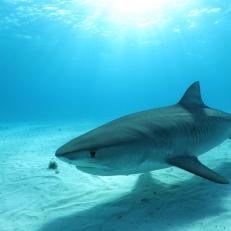
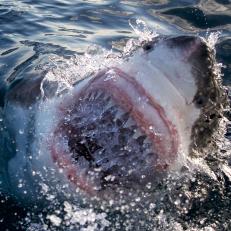
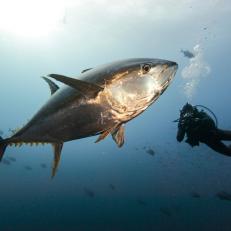
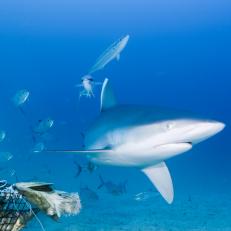
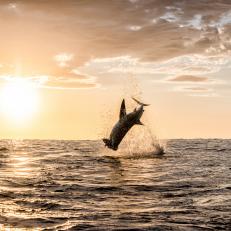

.jpg.rend.hgtvcom.231.231.suffix/1658256079221.jpeg)




